Director: Gordon Hessler
Writer: James Booth
Cast: Sho Kosugi, Norman Burton, James Booth, Kane Kosugi, Shane Kosugi, Donna Kei Benz, Michael Constantine, Matthew Faison, Parley Baer, Robert Ito
Running Time: 92 min.
By Zach Nix
Japanese martial arts actor Sho Kosugi is well known for starring and appearing in several action films of the 1980s that popularized the notion of the ‘ninja’ in American cinema and culture. After taking part in Cannon Film’s infamous Ninja Trilogy (Enter the Ninja, Revenge of the Ninja, Ninja III: The Domination), Kosugi collaborated with director Gordon Hessler on two action films. The first of their two collaborations, Pray for Death, was released in 1985 and blended Kosugi’s knack for ninja action with a Death Wish-styled tale of vigilante justice. Although nowhere near as insane and bonkers as some of Kosugi’s previous efforts, Pray for Death is a perfectly suitable B-actioner with a surprisingly dramatic story and some entertaining action sequences.
The film opens with Bond styled credits set to a fantastic theme song, “Back to the Shadows,” sung by Peggy Abernathy. Although Hessler’s attempt at aping Bond in his opening credits is far from successful, it helps convey both the film’s cheesy tone and Kosugi’s star image.
Kosugi plays Akira Saito, a Japanese businessman who takes his American born wife’s advice and moves their family to America in order to start up their own business. Before leaving though, Akira advises his adoptive father and sensei of his intentions, as well as his desire to leave his secretive ninja skills to the past. Upon arriving in America, Akira and his family purchase an establishment from a kind old man and turn it into a restaurant. Unfortunately for the Saito family, they happened to pick the one building gangsters and corrupt cops were already using as a hideout for valuable jewelry. When one of the corrupt cops double crosses the mob and steals the jewelry, the mob suspects Akira and his family instead, since they own the property upon which the hiding place resided. After suffering repeated attacks on his family, Akira decides to readopt his ninja ways and go after the mob once and for all. In the words of Akira, “You better pray for death!”
Pray for Death serves up a hearty plate of vigilante justice that combines ninja style action with a fairly solid story. To be honest, the film is surprisingly dramatic and affective in its implications. Viewers will find themselves particularly engaged with the story and its lead character’s plight purely for how innocent and honorable he is. There’s no denying that the film goes off the rails in its final act and occasionally ventures into mean spirited exploitative territory (especially in its unrated cut), but Pray for Death is mostly an affective story of a father who simply wanted to experience the American dream and leave his violent ways to the past.
The film shares many similarities with the Death Wish series, Charles Bronson’s famed franchise of over the top insanity, murderous scumbags, and vigilante justice. It’s ironic that Pray for Death was released within the same year as Death Wish 3, the most insane Death Wish of them all, which shares a similar dangerous neighborhood as the one found in Pray for Death. In fact, Pray for Death shares more in common with Death Wish 4: The Crackdown, as each film pits their protagonist against organized crime. Although produced by Transworld Entertainment, Pray for Death could easily be mistaken as a Cannon production because of its low budget proceedings, star Kosugi, and blend of both the vigilante and ninja sub genre.
Let’s be honest, Kosugi is not a particularly great actor. After all, he admits in the newly conducted interview on Arrow Video’s disc that he never attended acting school, and that he only knew martial arts. However, despite his performance shortcomings, Kosugi is still a likable actor, especially for those with a soft spot for cheesy performers. He’s especially fun to watch during his action sequences, although Kosugi rarely handles his own stunts, as evident by the many obvious light-skinned stuntmen who perform all of his front flips and spins for him. You also have to love the guy for incorporating his sons, Shane and Kane Kosugi (Tekken 2) into his films. Kosugi, both in real life and within Pray for Death specifically, is a real family man.
Pray for Death features a plethora of villains, although one takes the cake as the most despicable. Limehouse Willie, played by James Booth, is both an enforcer for the mob and a complete scumbag. He not only murders the old man that sold the restaurant to Akira’s family, but goes so far as to viciously attack Akira’s children and wife. While I do not want to go into spoilers as to what he does to some of Akira’s family, let’s just say that it is rather vile. Fortunately, Booth gets his comeuppance when he and Kosugi go head to head in a rather lengthy final fight that serves as the film’s best bout of martial arts action thanks to its incorporation of swordplay and a chainsaw. It’s also worth mentioning that Michael Constantine of My Big Fat Greek Wedding fame plays the film’s lead mobster, Mr. Newman. Those accustomed with Constantine’s adorable performance as a loving father in that romantic comedy will be shocked to see him play a heartless villain here.
Pray for Death arrives on Blu-ray courtesy of Arrow Video U.S. with a wonderful new transfer that looks fantastic. Genre films of this sort are typically left to rot on DVD or VHS with haphazard early transfers. Fortunately, Arrow has once again given an overlooked genre film the royal treatment with a high definition transfer that should please all viewers.
It’s important to note that this release includes both the unrated and theatrical releases of the film. The unrated cut offers up more bloody violence and a rather disturbing scene of murder and rape. It definitely pushes the film into Death Wish territory with its excessive violence and gratuitous treatment of women. Unfortunately, the source for the excised moments of unrated violence is very poor. Every scene of added violence from the unrated cut suffers from a severe drop in image and sound quality. Therefore, although I recommend checking out the unrated cut for its additions and historical quality, the R rated cut is best suited for repeat viewings because of its consistent transfer. After all, the unrated additions don’t offer up much, as the film is already filled with over the top violence and murder. Still, purists will want to settle for the unrated cut, even with its occasional drop in image and sound quality.
The supplements found on the disc range from a new 19 minute long interview with star Sho Kosugi, a vintage interview with the actor from Martial Arts Forum in 1985, and a trailer gallery of some of his classic films. The new interview is very informative, as Sho himself lays out his life’s history leading up to his first acting gig. He also reveals that he moved to America at age 19 in search of a better life. This is interesting, as his character Akira hoped for the same goal in Pray for Death. The vintage interview on the other hand is quite hilarious, as Sho brings his helmet from the film with him to the interview. The set for the interview is honestly nonexistent as well, as he and the host speak to one another from their chairs. This supplement also features some great archival footage of Sho performing martial arts at the New York premiere for Pray for Death in 1985. It’s great stuff. The disc also includes a trailer gallery, compiling several of Kosugi’s greatest hits, as well as the two films being released by Arrow on Blu-ray.
Overall, Pray for Death and its respective package by Arrow comes highly recommended. Not only is the film a blast to watch, and the high definition transfer superb, but the supplements help give the viewer a greater understanding of Kosugi and his ninja cinema. The disc also comes with two alternate cuts of the film, thereby allowing viewers the choice as to which cut they prefer to watch. Make sure to head “Back to the Shadows” with this release when it comes out on Blu-ray in the United States on Feb. 23, 2016.
Zach Nix’s Rating: 7/10

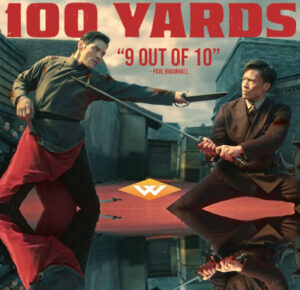

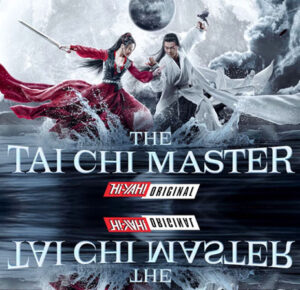

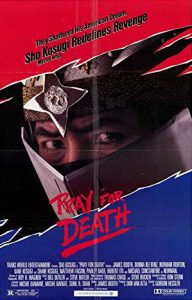
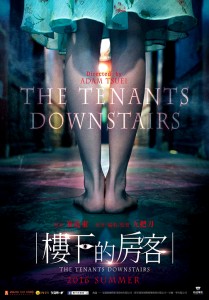
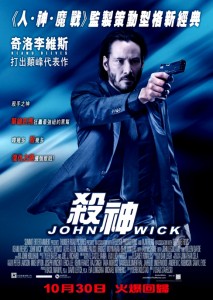

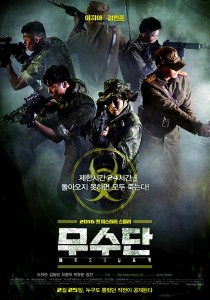
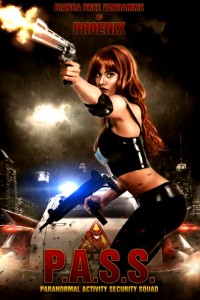
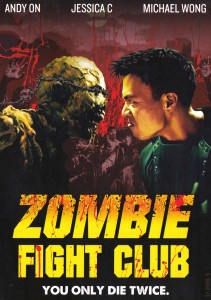
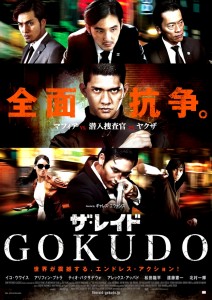

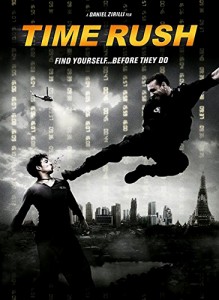
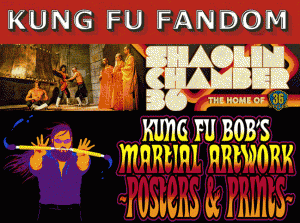
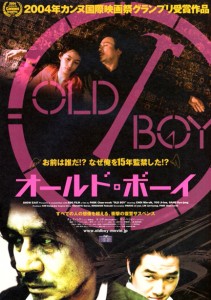
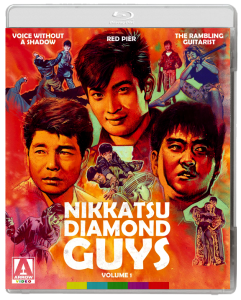
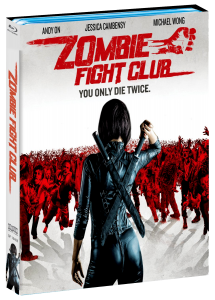





2 Comments